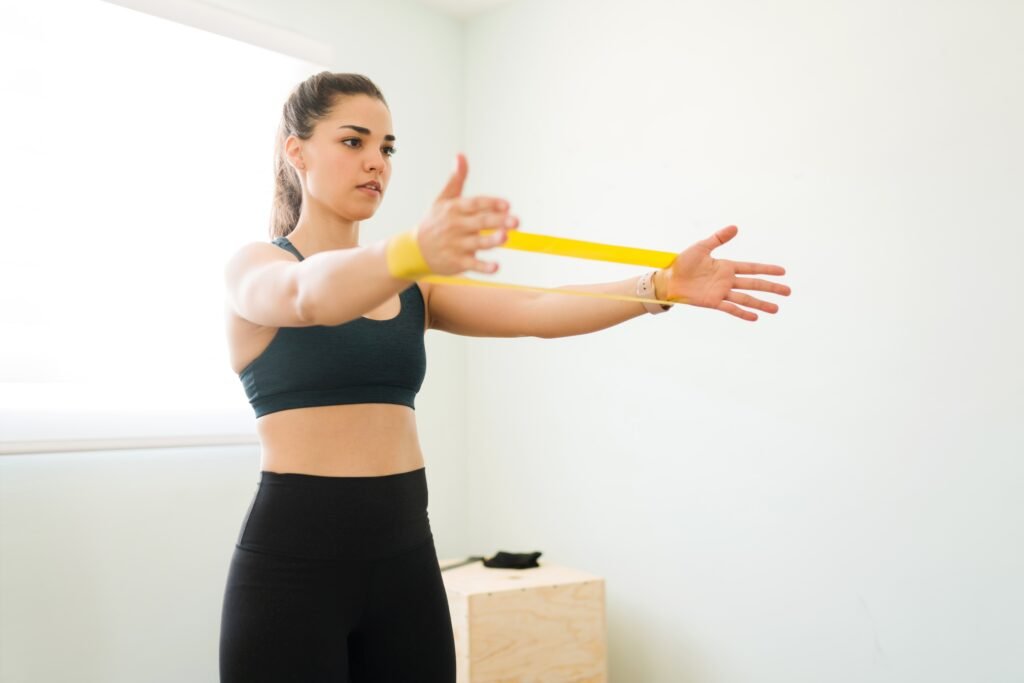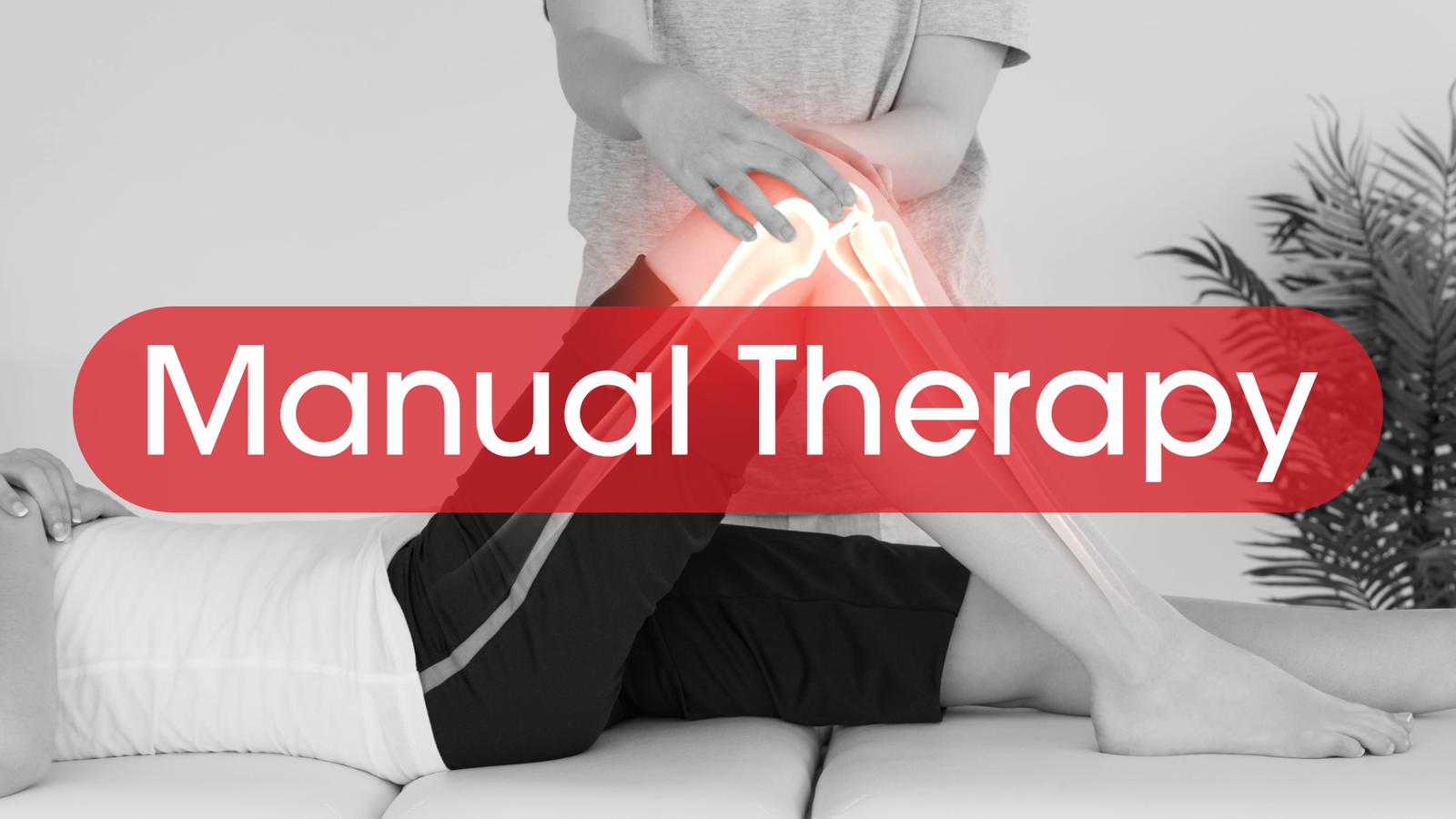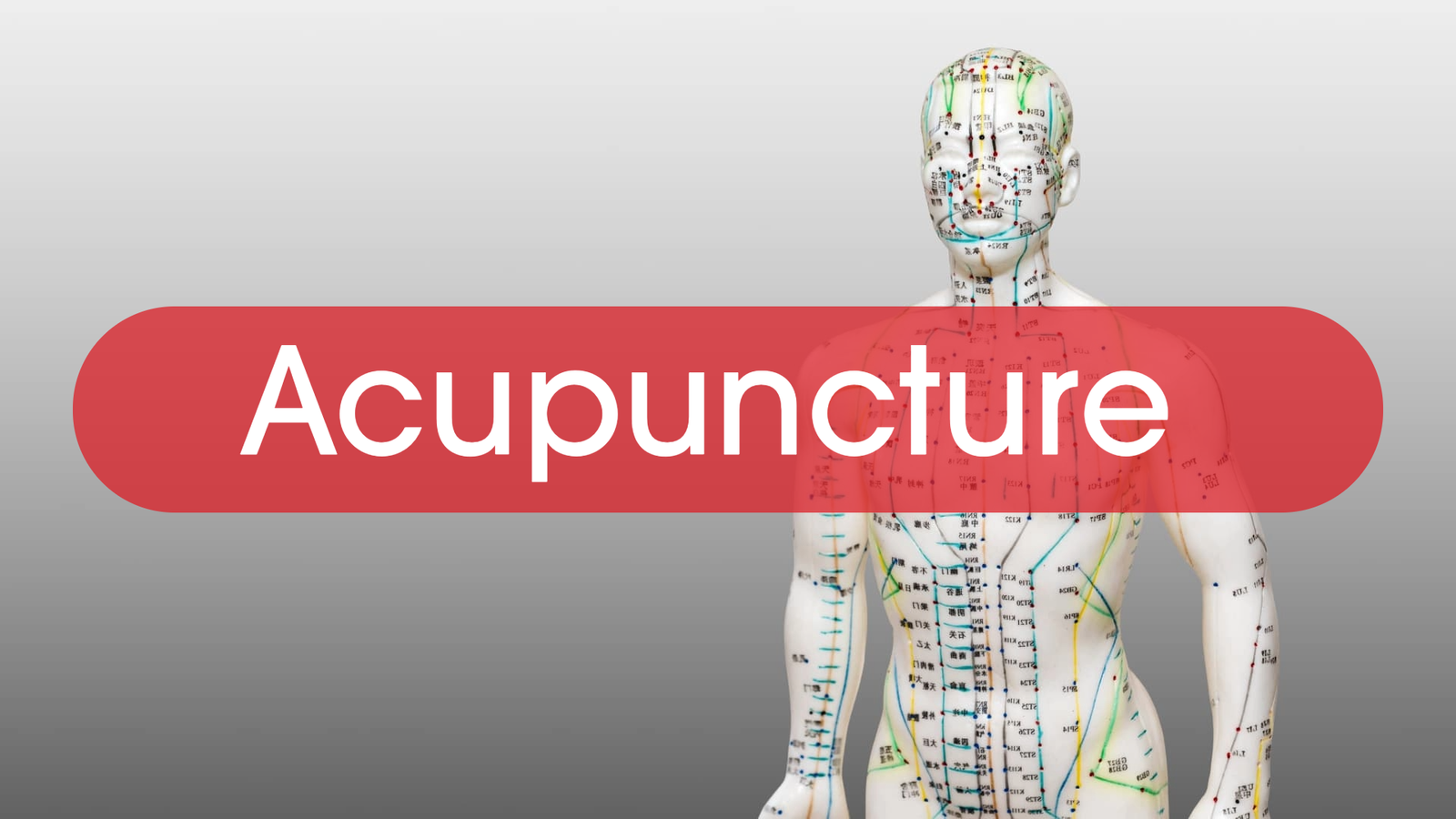Corrective Exercise & MVMT Re-training
Targeted exercises that fix why an area hurts—mobility, control, strength, or load tolerance—so results last.
What it helps with
What to expect
As you begin corrective exercise, it’s normal to feel mild muscle fatigue or soreness afterward—similar to the “worked-out” feeling you get when using muscles in new ways. This usually fades within a day or two as your body adapts. Most patients notice MVMTs becoming easier, posture feeling steadier, and everyday tasks less strained as the program progresses.
Benefits
- Target the root cause, not just the symptoms
- Progressions for your sport, work, and lifestyle
- Combine with hands-on care for lasting results
- Build resilience to reduce flare-ups and recurrence

Ready to get started
FAQ
Assessment leads the plan—the MVMTs that fail become your first two drills, progressed as you improve.
We track at least two metrics (e.g., tolerated step-down height, shoulder flexion in degrees, sit-to-stand reps, or pain on a key task) every 1–2 visits.
We use the ‘0–10 rule’: mild pain up to 3/10 that settles within 24 hours is considered safe. If symptoms rise above that — or if a drill isn’t helping or is reinforcing an imbalance — we simply change the exercise. Your plan is always adapted to work for you, not against you.





